After more than a century, the gray wolf has made a notable return to California.
According to Axel Hunnicutt, the state’s gray wolf coordinator, the population has grown significantly, with at least 44 wolves now confirmed across the region. This year has been particularly fruitful with a record-breaking 30 new pups reported.
Spreading Their Paws
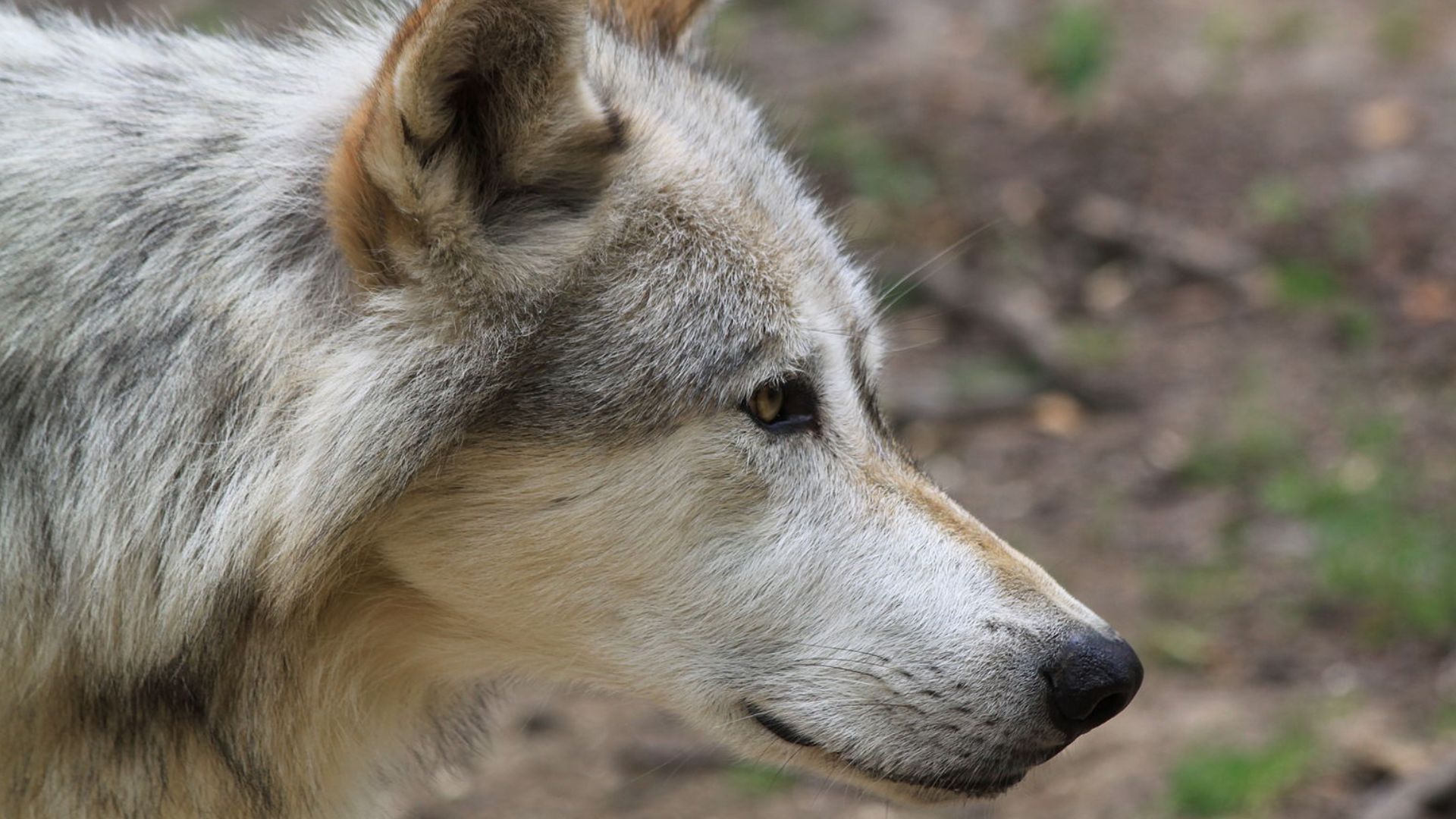
It’s an extraordinary time for gray wolves here, showing the largest growth spurt in a century. Seven distinct packs are now calling parts of nine different counties their home.
That’s a notable spread for a species that was once a whisper from the past, according to the Marin Independent Journal.
Large Packs Have Been Established
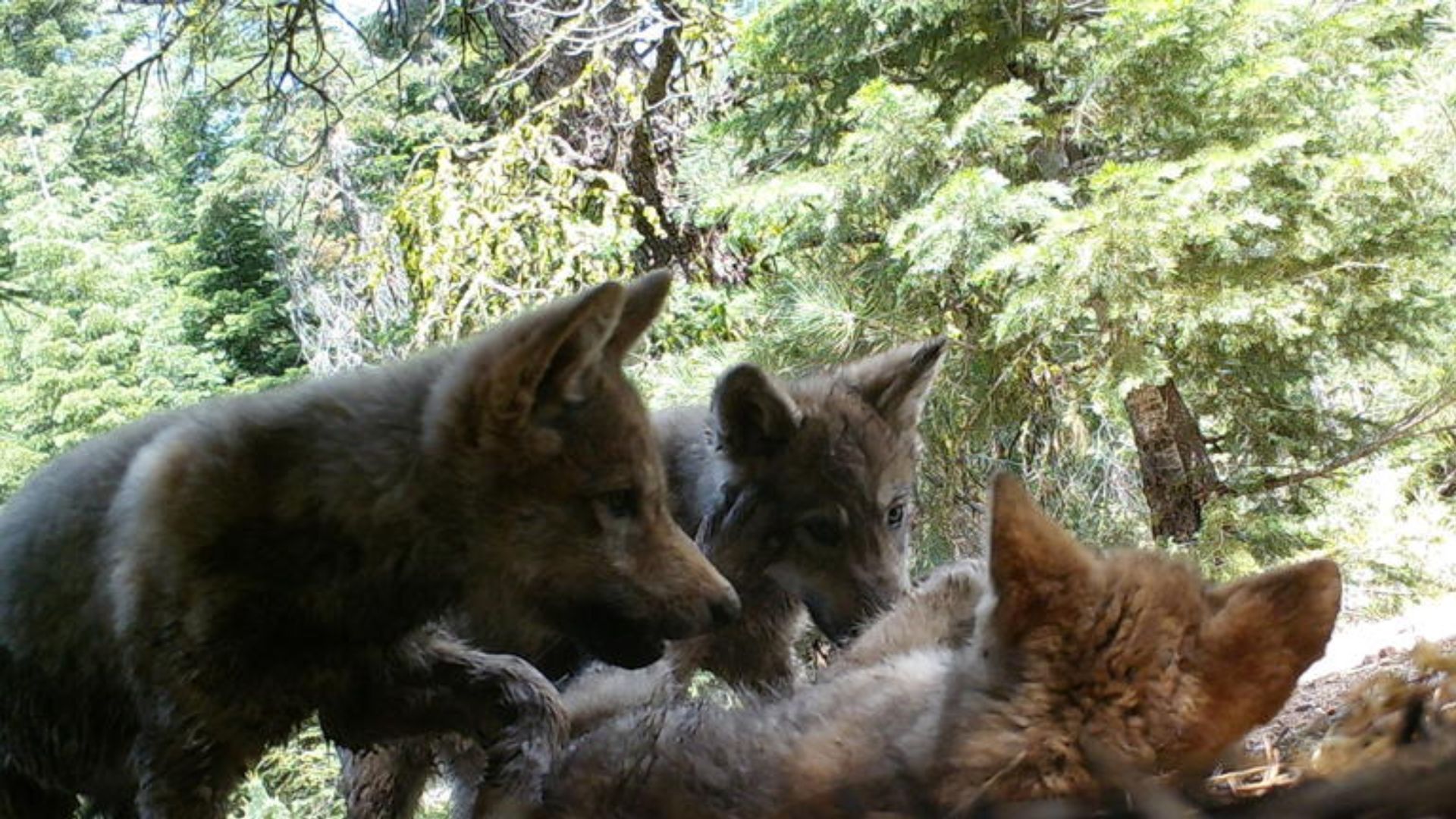
The wolf population is thriving in California.
The largest pack that the state’s Department of Fish and Wildlife found is in Tulare County. The pack has 15 adult wolves, six juveniles, and seven pups. Wolves further south in California are yet to establish themselves in the area as a pack.
Getting a Lay of the Land
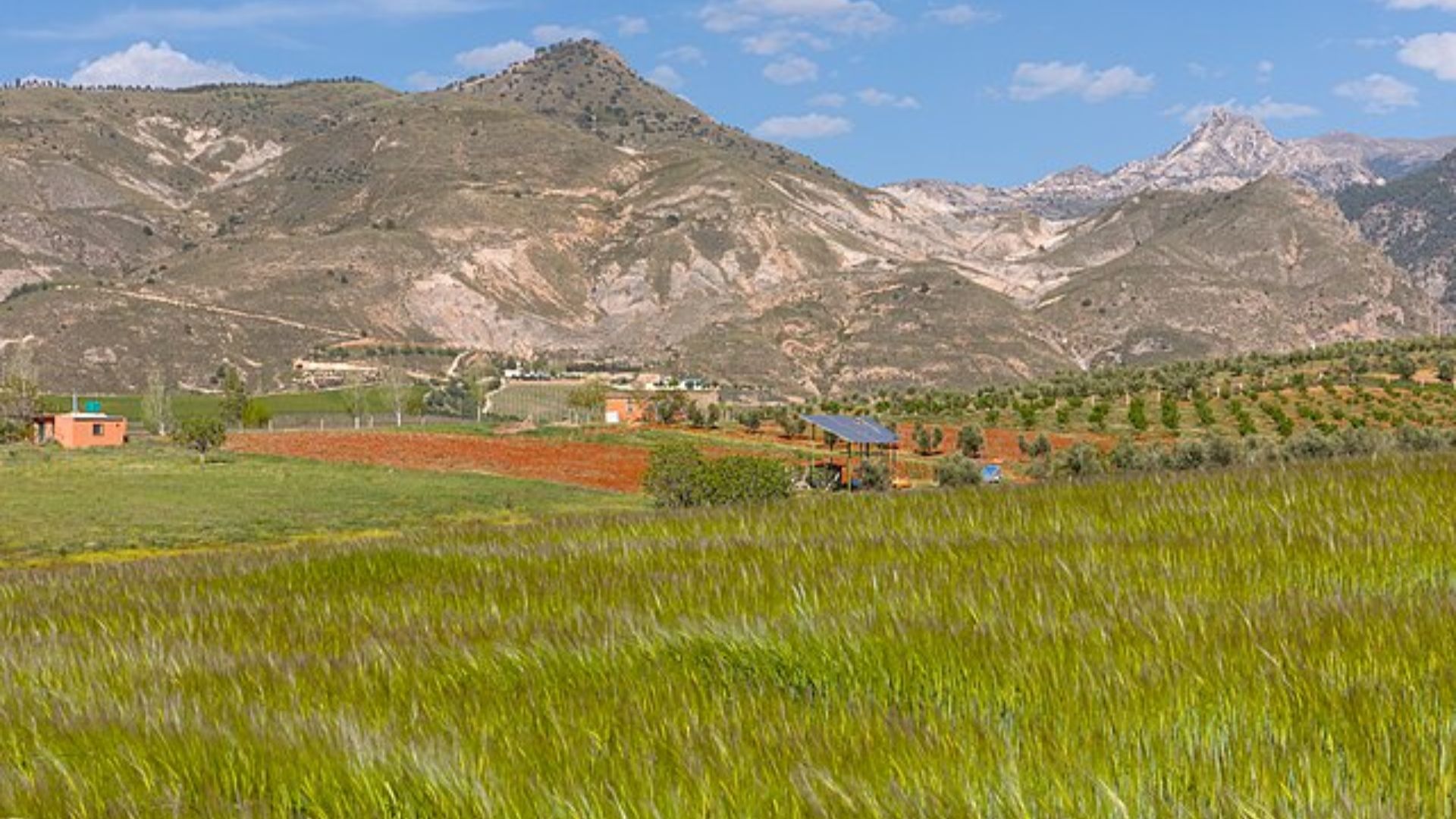
Most gray wolves roam around the northeastern part of California.
However, last year, some migrated as far south as the southern Sierra Nevada, which is more than 200 miles away from the nearest northern pack.
Ranchers Raise Alarms
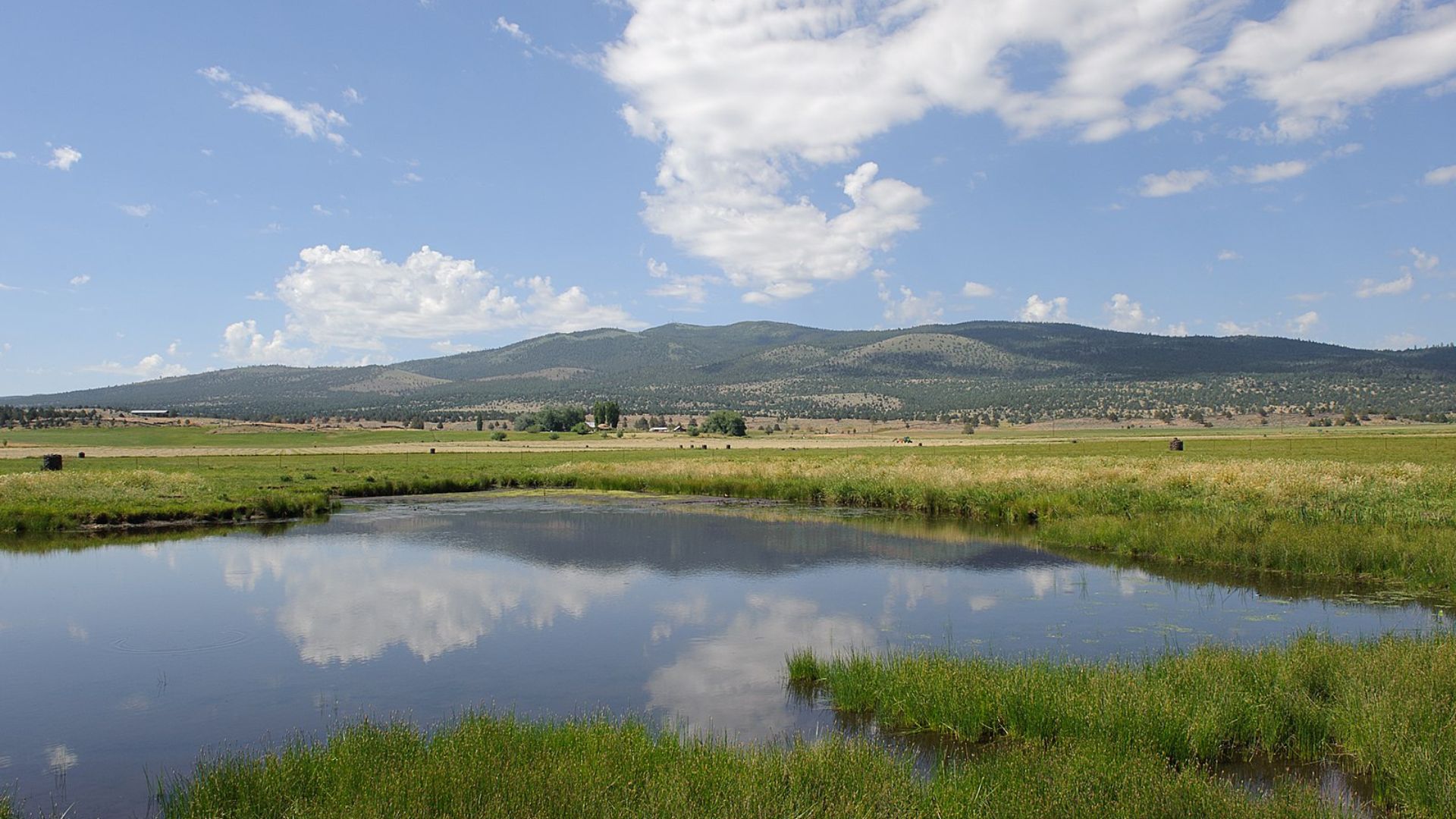
However, this wildlife comeback isn’t winning everyone’s hearts.
The local farmers and ranchers are particularly on edge. Janna Gliatto of Table Rock Ranch didn’t mince words with SF Gate, declaring, “Our hands are tied. We’ve been invaded.” It’s clear the tension between preserving wildlife and protecting livestock is mounting.
The Legal Shield of Endangered Wolves
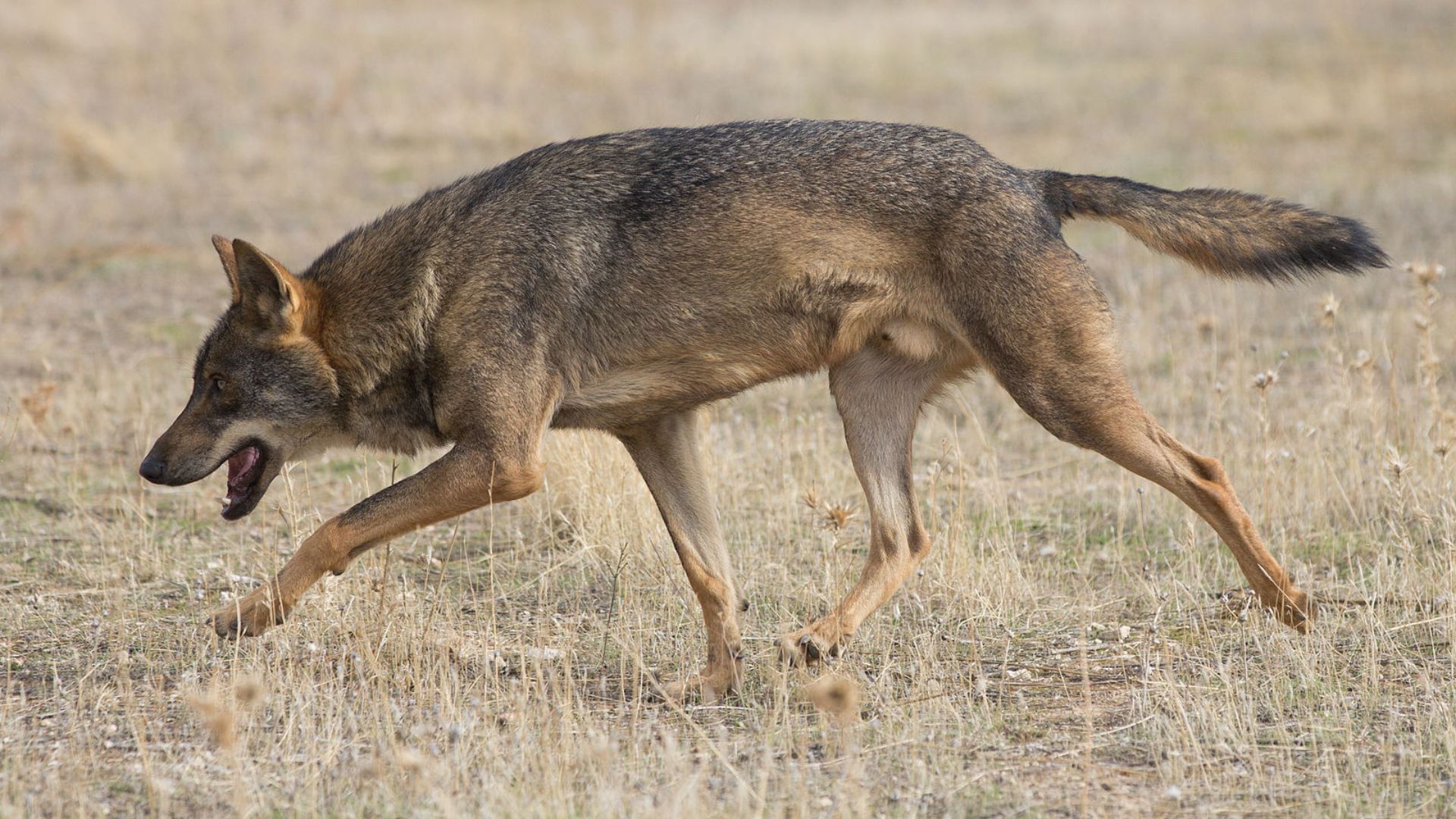
Protected under the California State Endangered Species Act, gray wolves have a strong legal shield, only breachable if a human is threatened directly.
This legislation makes it tough for ranchers to protect their herds and has left many feeling rather helpless against the predatory wolves.
The Toll on Ranch Life
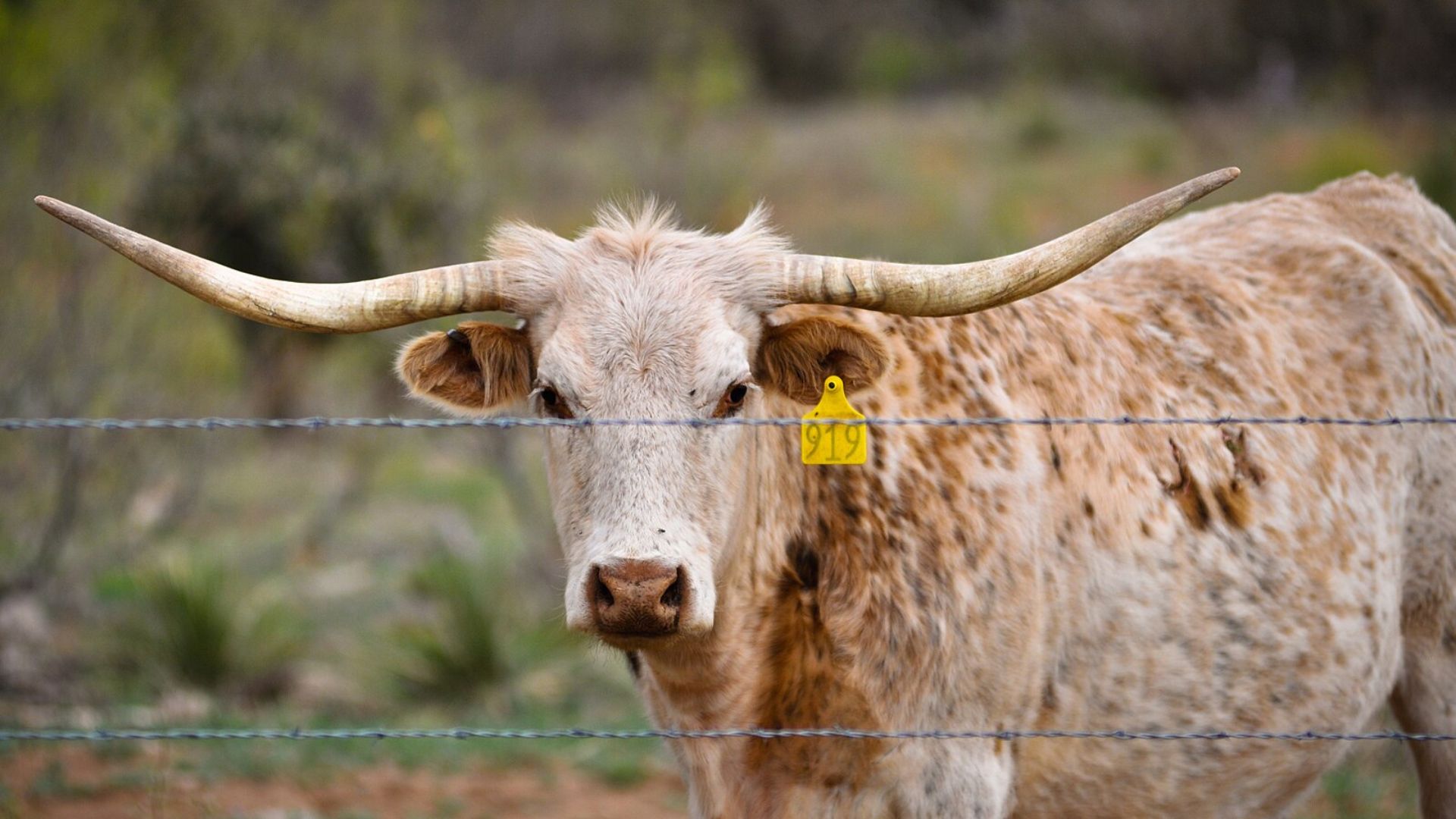
The stress is tangible for those like Rick Roberti in Plumas County, who spoke about the frequent and stressful wolf encounters that leave his cattle panicked and his fences destroyed.
“It’s adding a lot of stress. Wolves chase the cattle. They stress them out. It gets frantic. They will run them for miles.”
The Fear of What’s Next
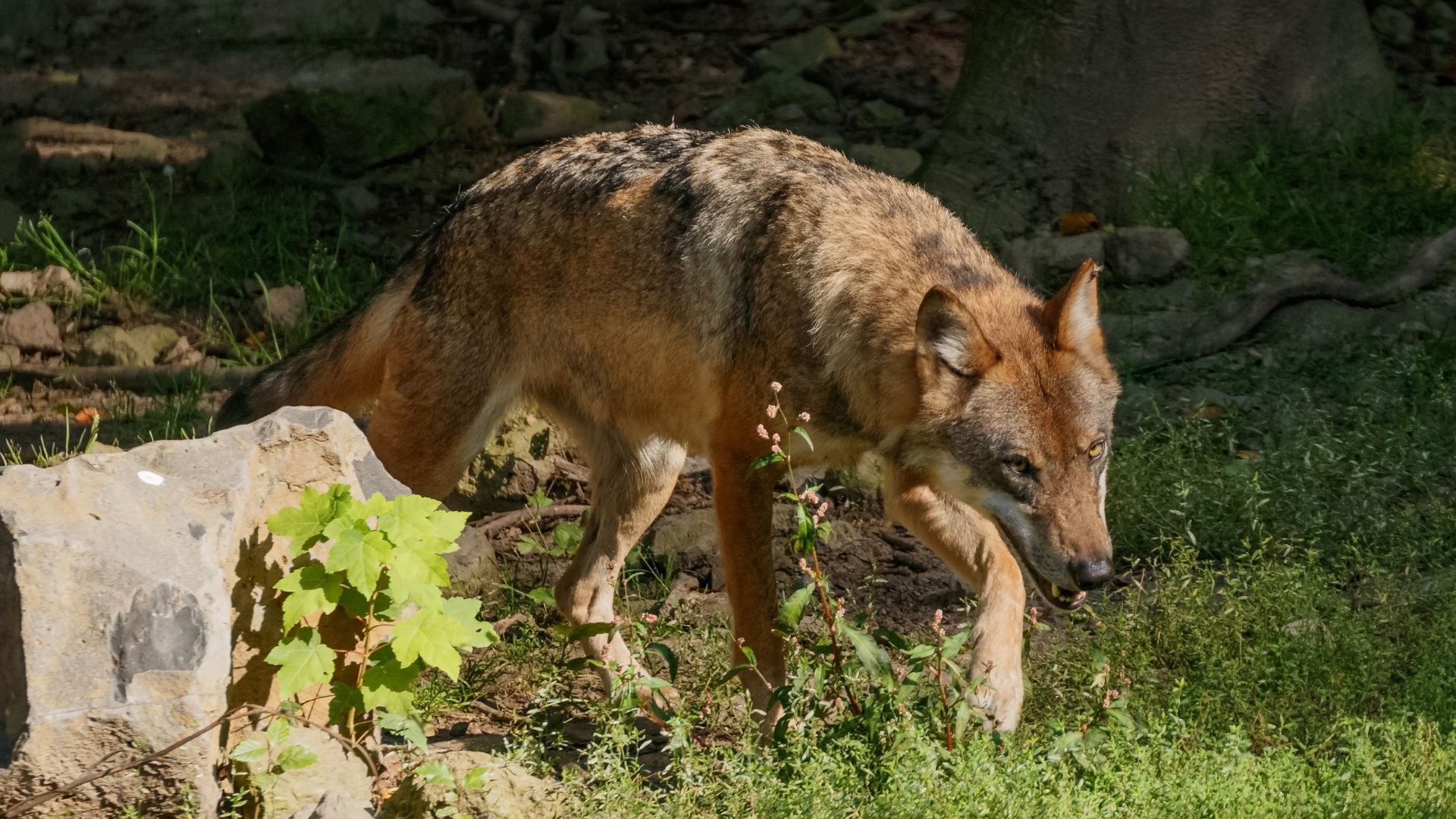
Roberti is sounding the alarm about the potential for these predators to spread further and the lack of preparation.
“The wolf is going to spread throughout California. There’s nothing to stop it. They are going to move, and I think it’s going to be a crisis. We’re not set up for it,” he told The Journal.
Gearing Up for a Legal Showdown
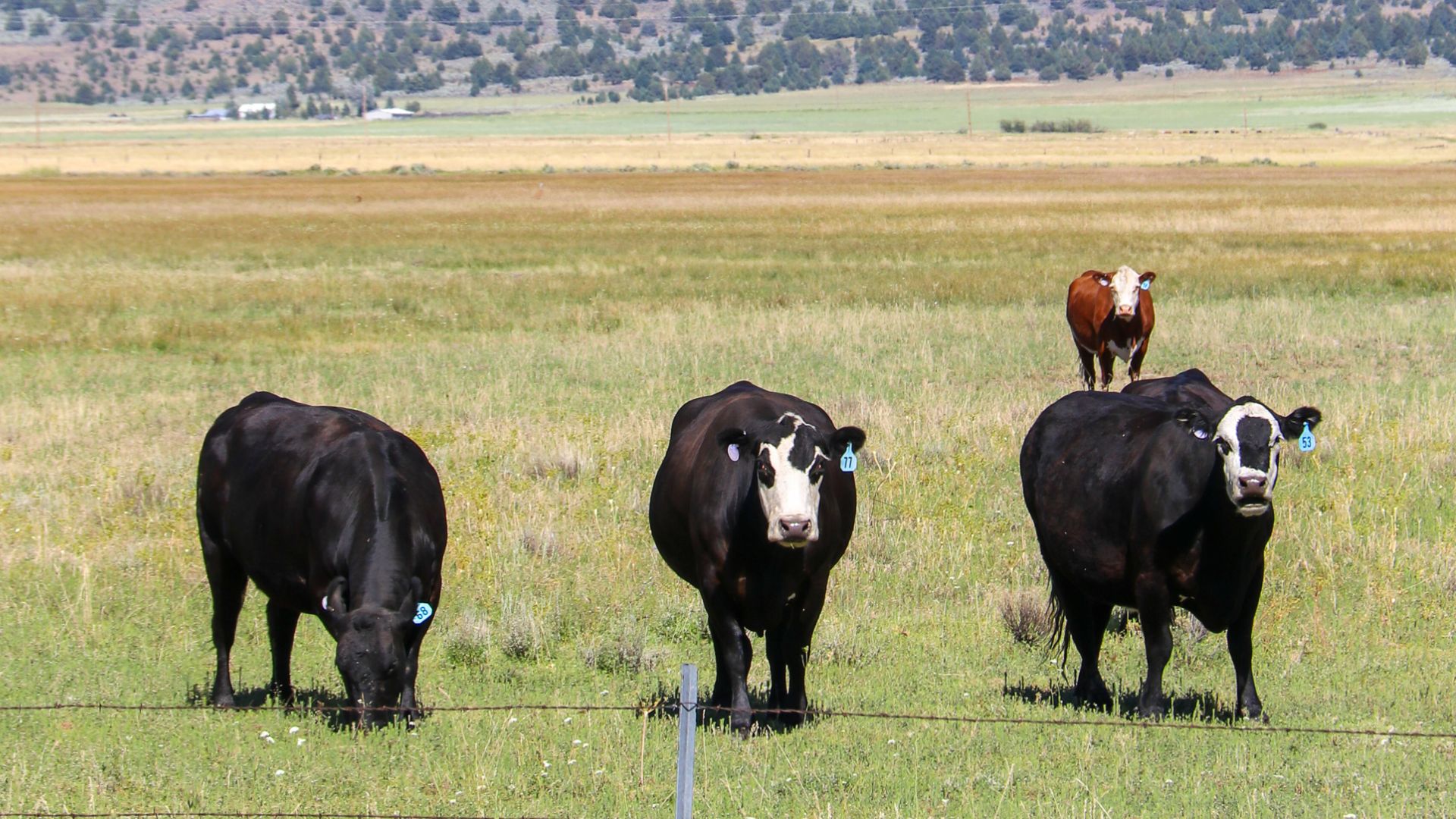
With wolf numbers climbing, ranchers are considering legal avenues to revisit current wildlife protections.
Steve Arnold, leading the California Cattlemen’s Association, has been straightforward about his plans, saying, “We’re going to go after this for all we can.”
Other States Are More Lenient

Other states are not as strict with their laws around shooting wolves.
Wyoming allows residents to shoot wolves on sight. Hundreds of gray wolves are hunted each year in Idaho. In Oregon and Washington, residents can shoot wolves if they are attacking livestock.
A Rural-Urban Misunderstanding
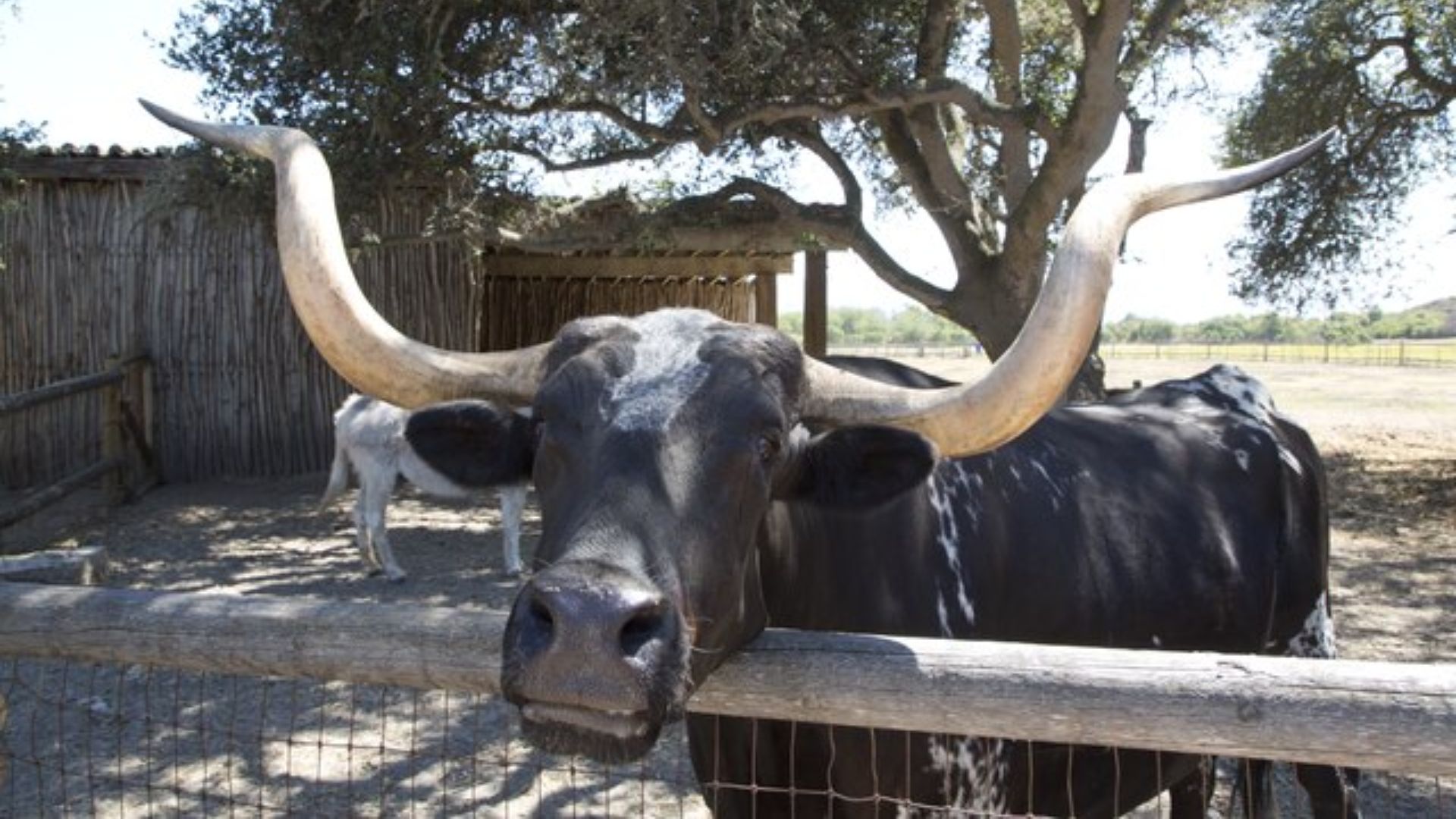
Farmers expressed frustration at the rise of gray wolves while their cattle remain vulnerable to their attacks. Roberti lamented that people from more urban areas might not understand his predicament.
Roberti said: “I can understand why people in urban areas think it’s a good thing. They think it’s a sign of a healthy habitat. But there’s got to be a balance so it doesn’t get out of control.”
Helping Hands from the State

Amidst the escalating tensions, California has tried to mediate by funding preventive measures. Last year, ranchers got $3 million to spend on non-lethal interventions like fences and guard dogs.
This year, they’ve added another $600,000 to the pot after the initial funds ran dry.
Conservationists Celebrate
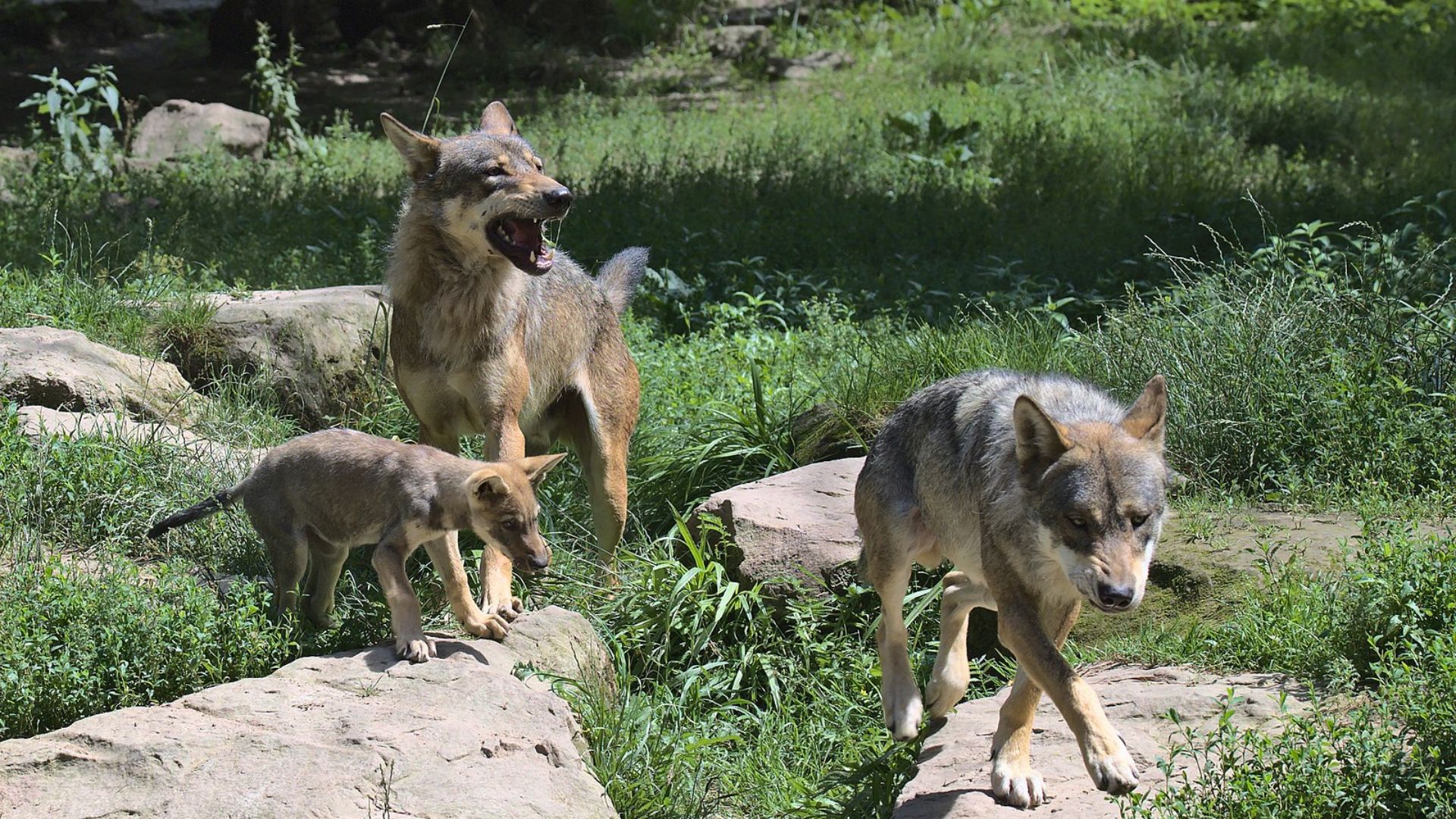
On the flip side, environmentalists are thrilled.
Amaroq Weiss from the Center for Biological Diversity finds the resurgence of the gray wolves in California nothing short of inspiring. “It’s a redemption story. It’s a renewal story. It’s inspiring. It has shown that California is wolf country,” she said.
Bigger Problems than Wolves
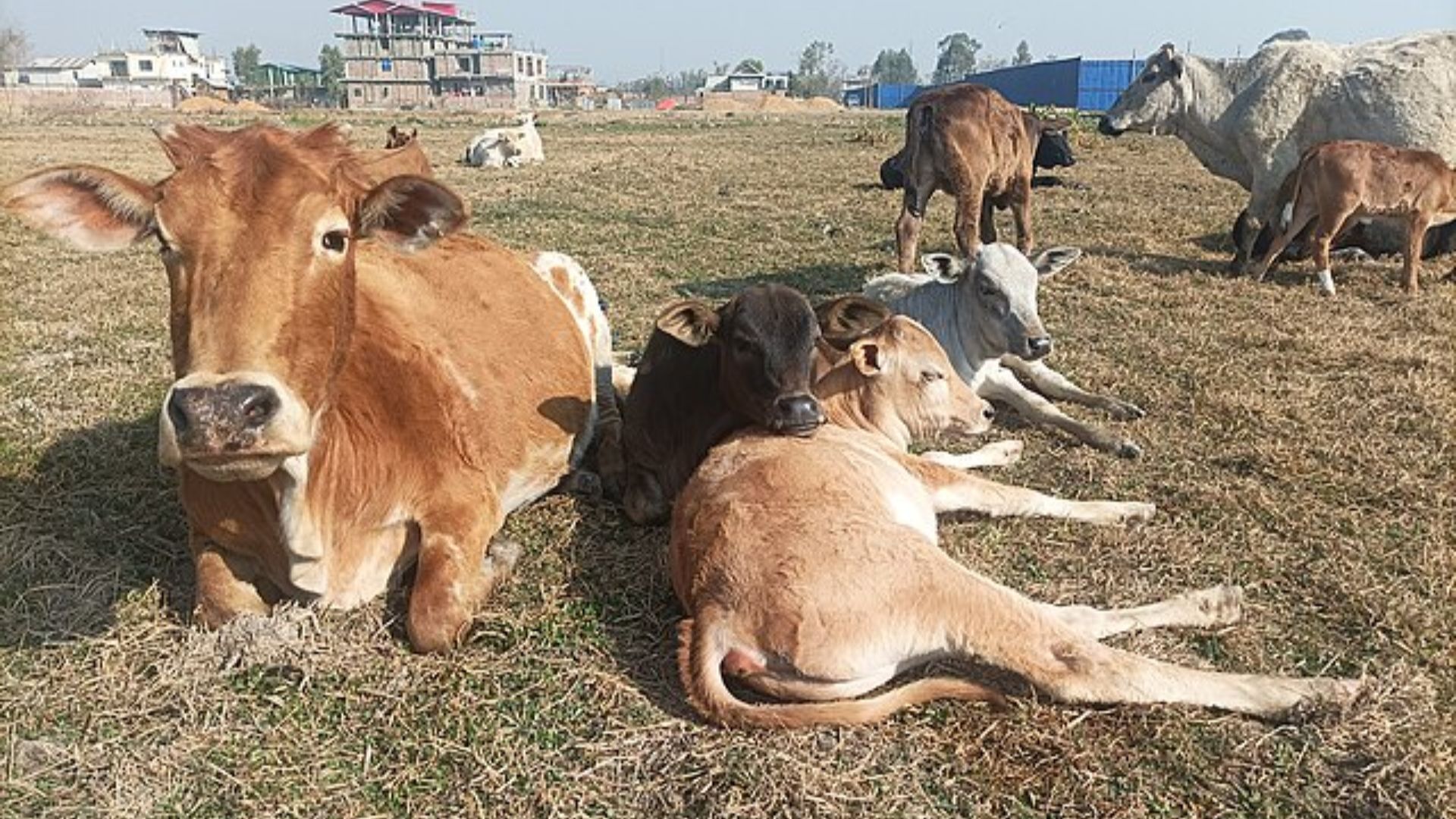
Environmental groups have been quick to point out that far more livestock die from causes other than wolves.
The top causes are diseases and injuries from other animals, like domestic dogs.
A Fraction of America’s Livestock
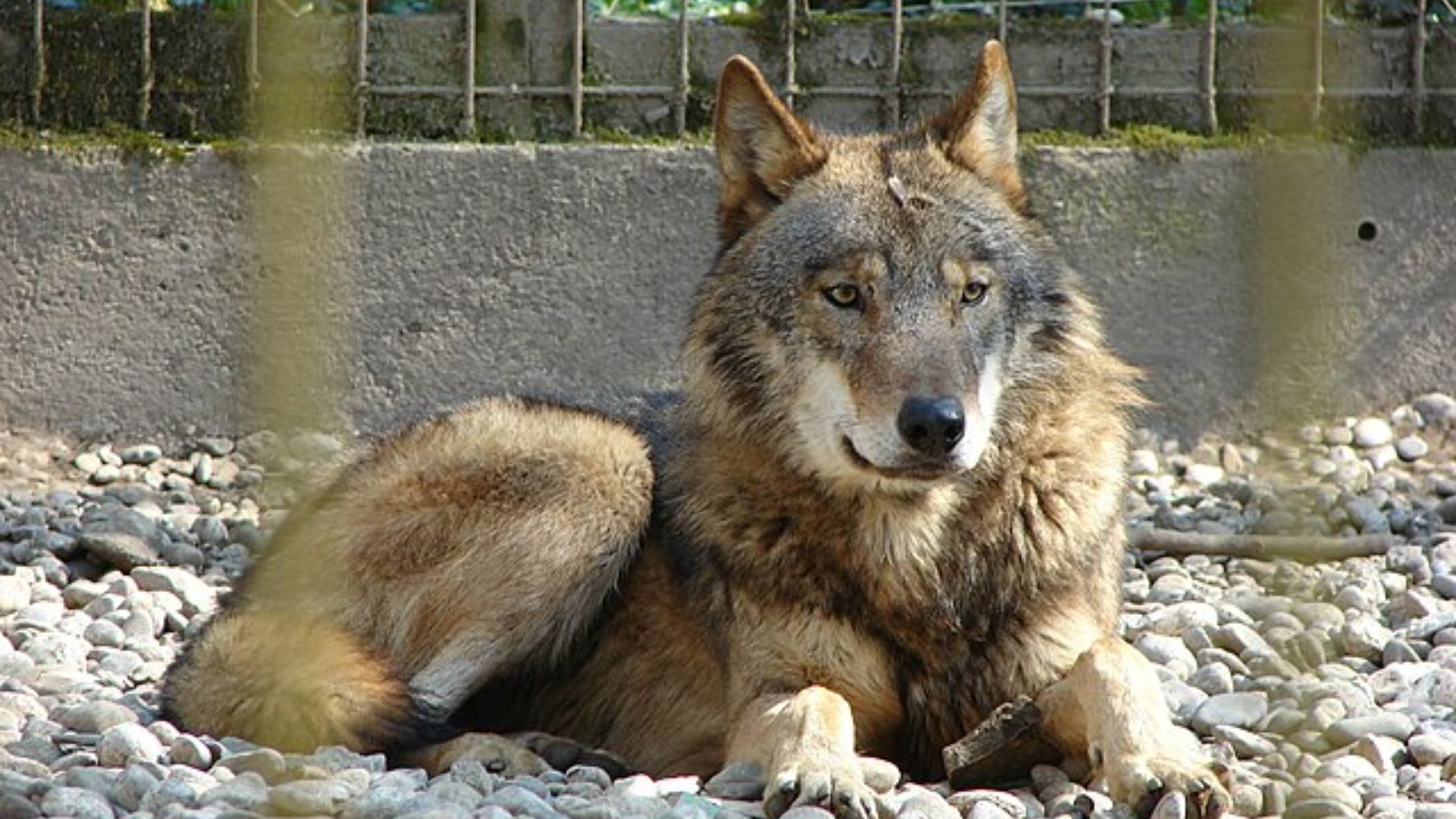
So far this year, according to the California Department of Fish and Wildlife, 16 calves were killed by wolves and one lamb.
Out of the 670,0000 beef cattle and 11,000 ranches in California alone, attacks of gray wolves are a negligible fraction of the state’s cattle.
Wolves Rarely Attack Humans
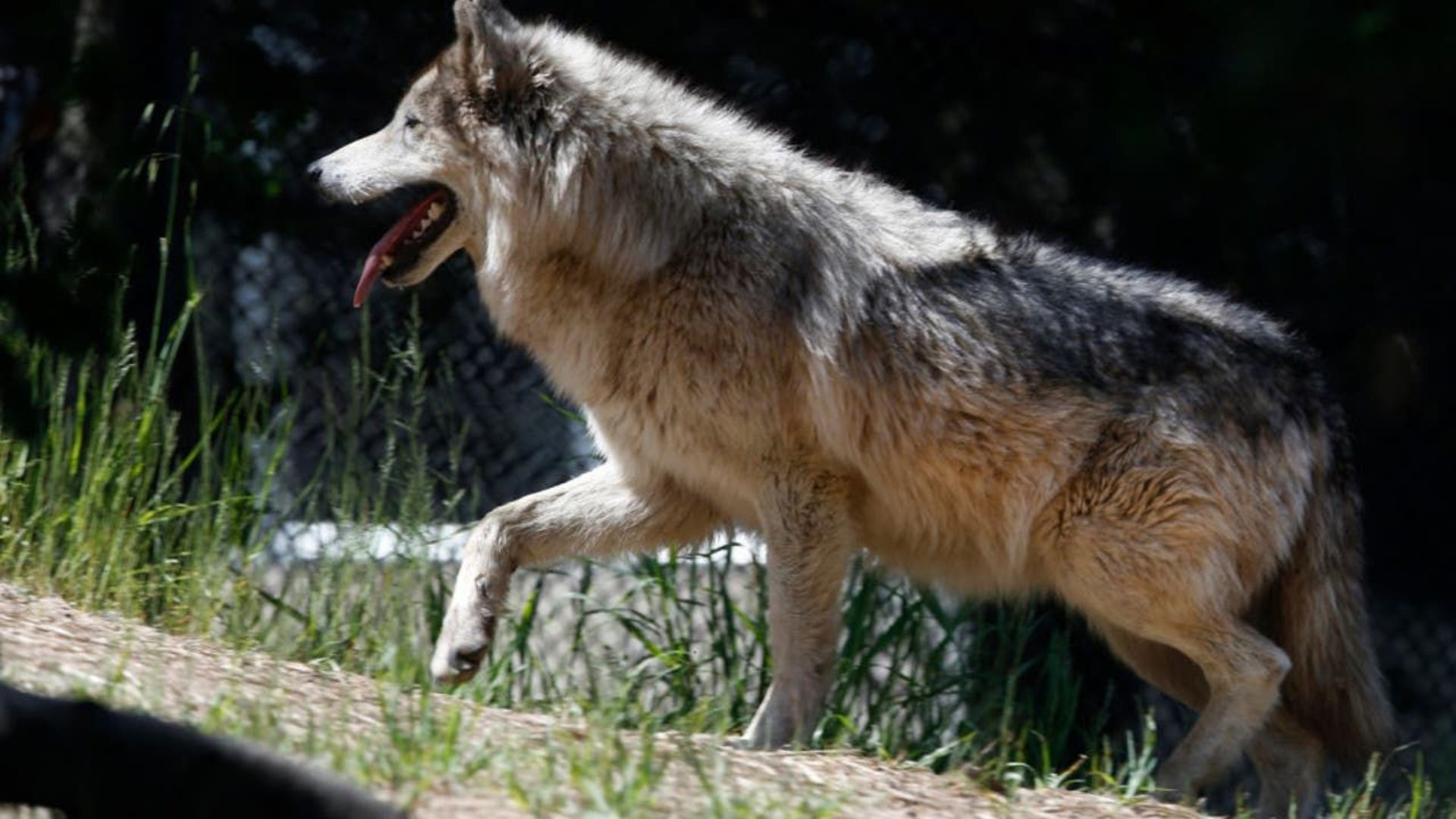
Wolf attacks on humans are very rare.
Over the past century, there have only been two documented cases of a person being killed by wolves in the wild. The first was a woman who was a woman who was jogging near Chignik Lake in Alaska in 2010. The second was a male hiker who was killed in Saskatchewan, Canada.
Biologists Eye a Booming Population
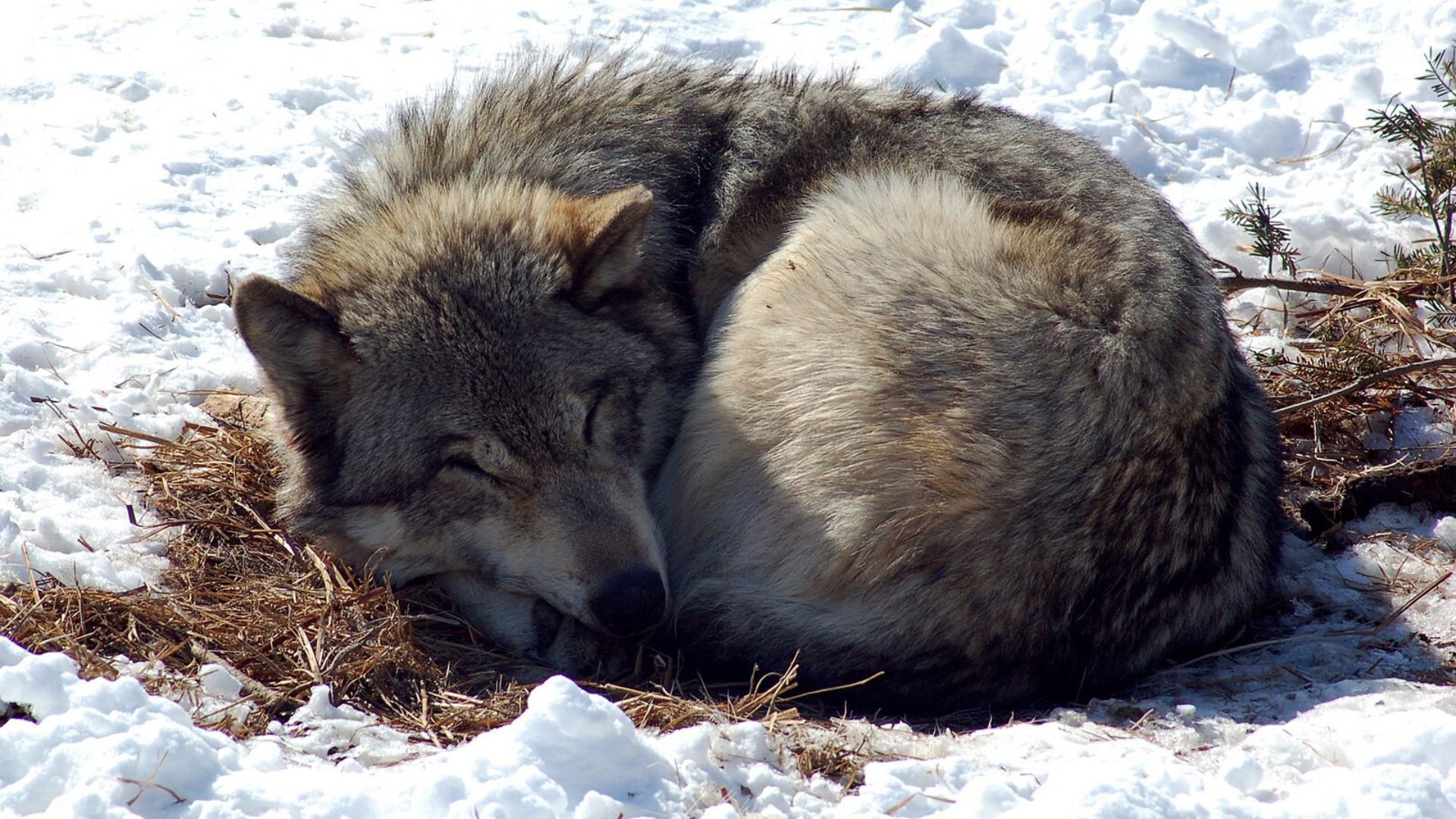
Looking ahead, biologists predict a possible rise to nearly 500 wolves in northern California.
This growth not only marks a significant comeback but also heralds new challenges in coexistence and conservation.
The Vanished Wolf Returns
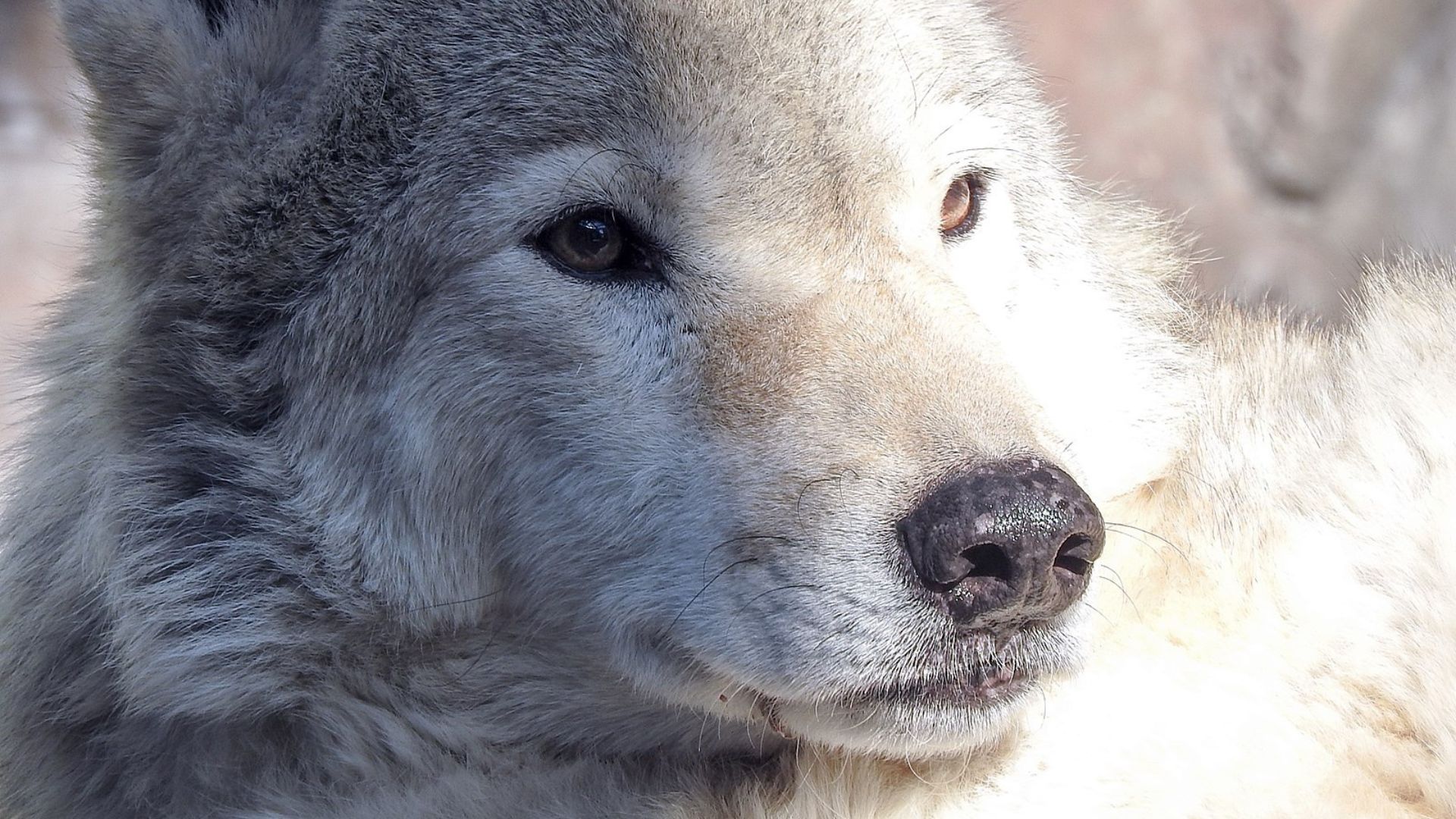
For ages, gray wolves roamed wild across California and beyond until aggressive eradication measures took them to the brink of local extinction.
The last sighting was in 1924, making their disappearance a somber chapter in wildlife history.
A Dark Past for Wolves

Wolves used to roam California and other states on the West Coast until settlers began shooting and poisoning them in the 19th and early 20th centuries.
The last gray wolf was killed in California in 1924. A government hunter named Frank Koehler shot it twice in Litchfield.
Clearing the Land
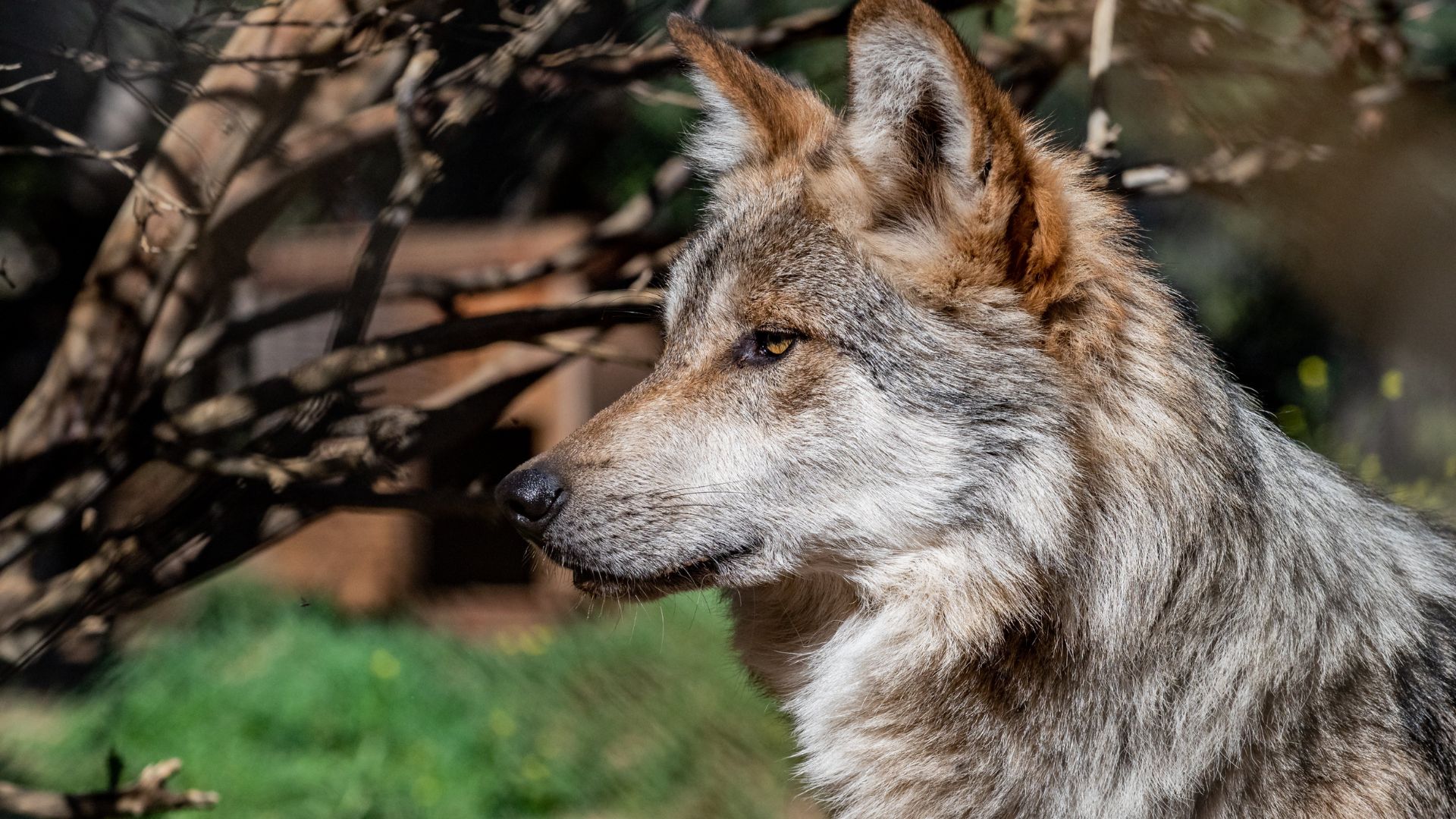
California’s main predators, like the gray wolf and grizzly bear, were under attack for centuries.
During European colonization, hunters would systemically clear the land of the West Coast’s primary predators to safely set the foundations for human development.
This Is Not Their First Return
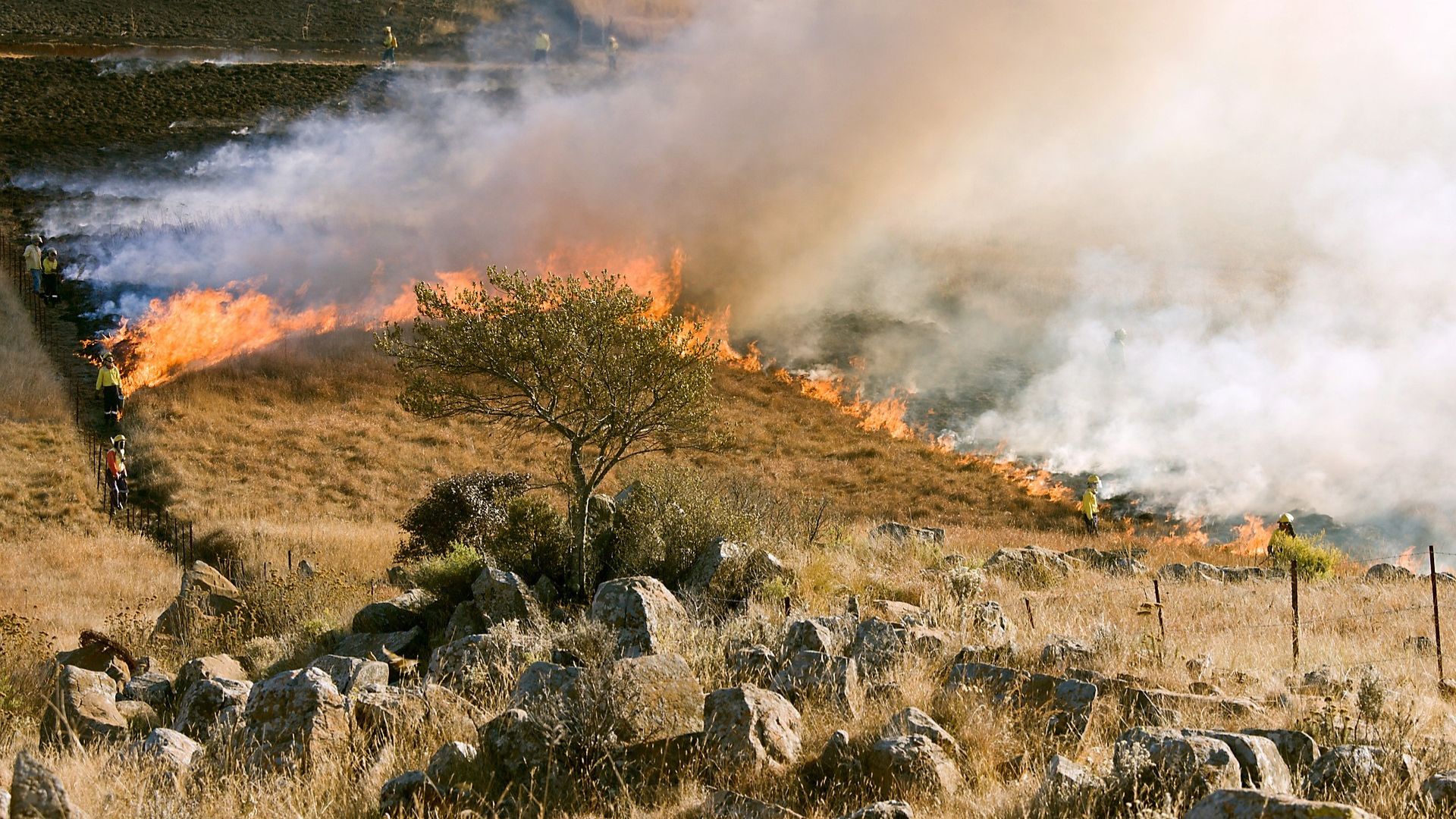
There have been smaller returns of the gray wolf to California.
In 2021, a wildfire opened up some forest on the Tule River Reservation in Tulare County, California. After the fire, pawprints were found along with the carcasses of large cattle that had been picked clean by large packs of wolves.
Official Return Over a Decade Ago
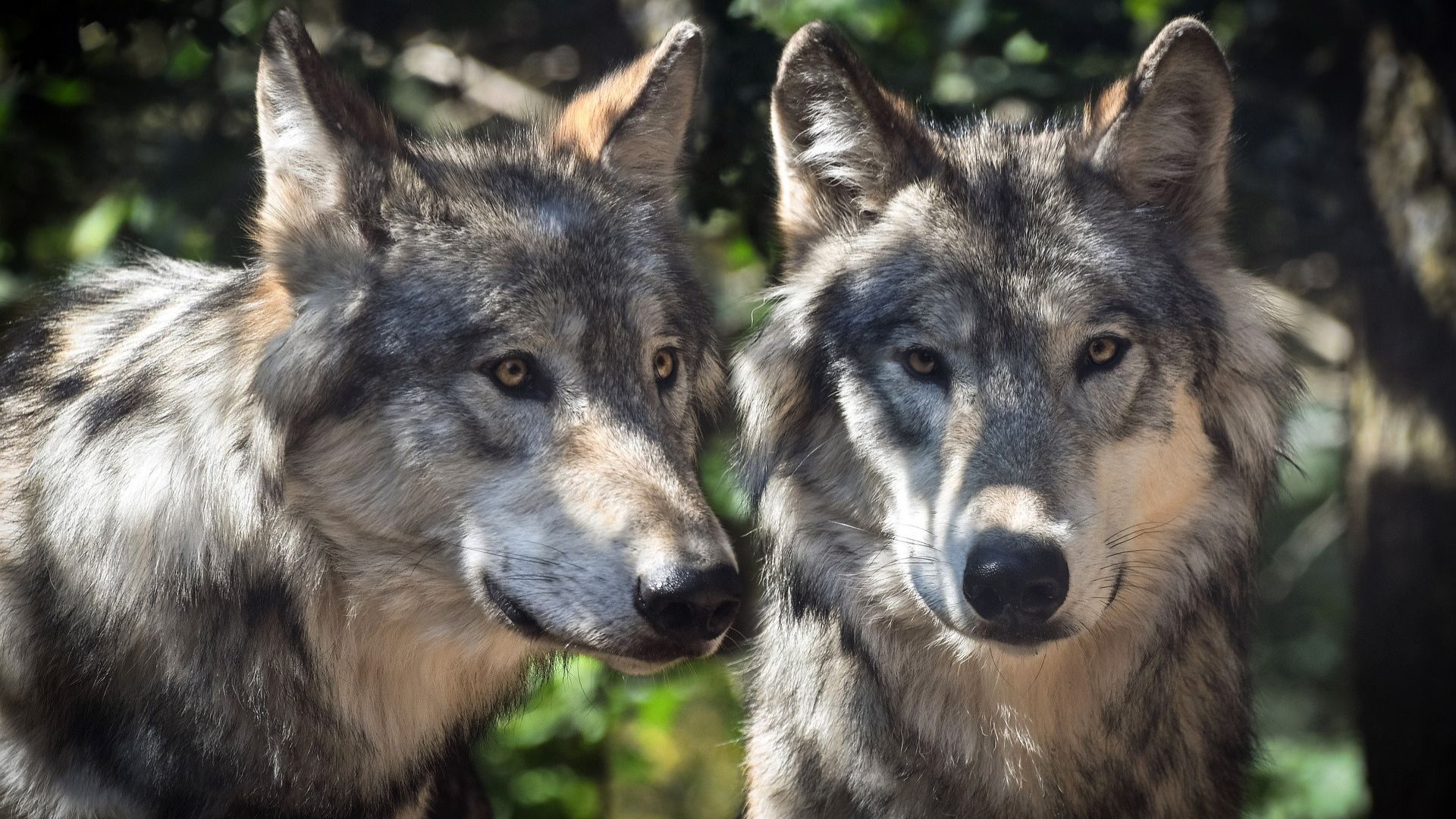
While this comeback of the gray wolf is unprecedented in its scale, the wolves returned over a decade ago.
The gray wolves officially returned to California in 2011. Since then, 40 wolves entered the state’s northeast corner.
Social Media Welcomes the Wolves

Despite ranchers’ anxiety about the impact gray wolves will have on their livestock, social media users welcome Californian wolves with open arms.
One user commented that this was great news and said: “Hope they stay safe.” Another account said “Please don’t give their specific location” to protect them from recreational hunters.
A New Chapter Begins
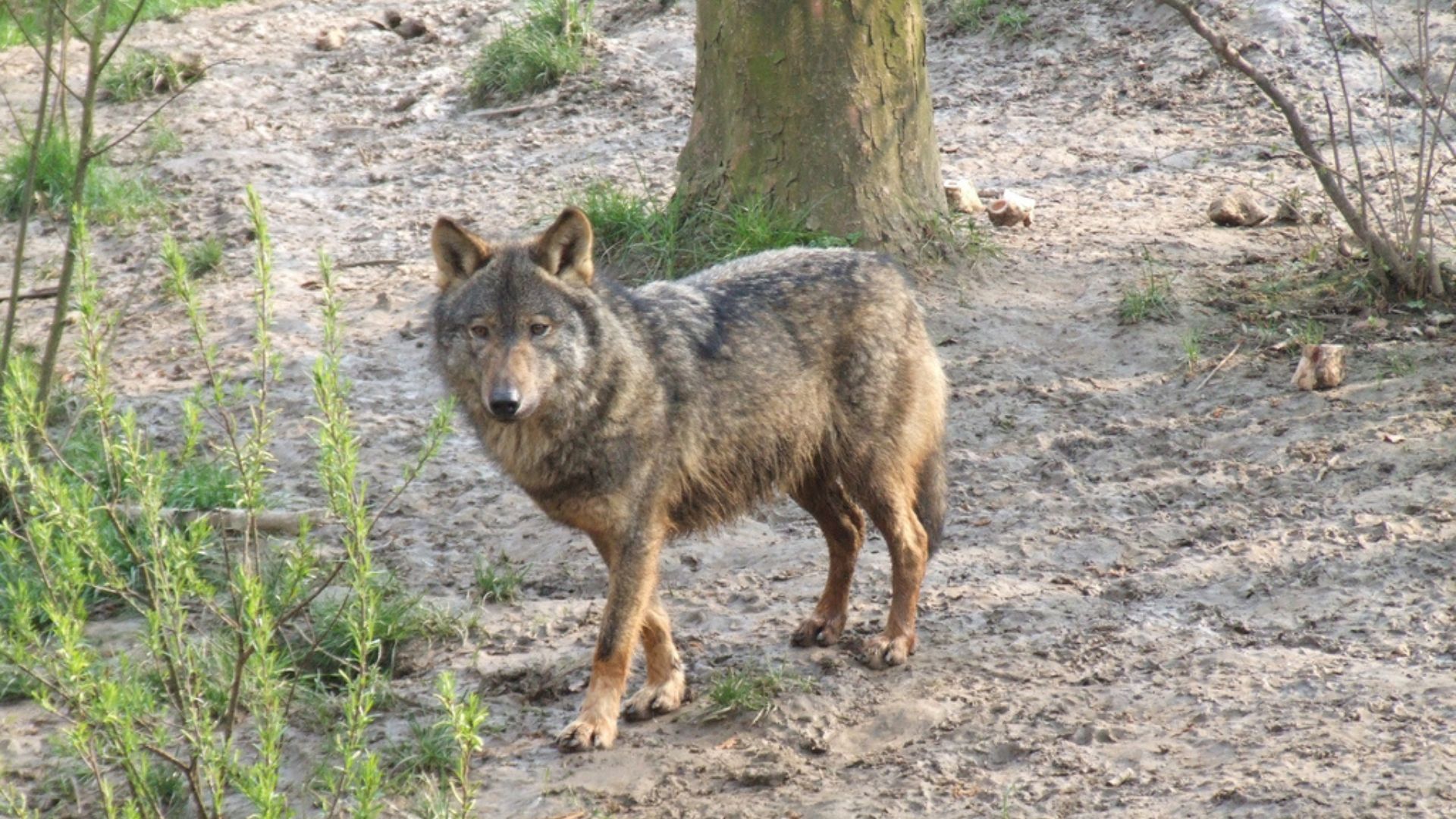
Then, in 2011, a lone wolf wandered in from Oregon, breaking nearly a 90-year absence.
This marked the beginning of a hopeful era as the first wolf pack established itself in Siskiyou County by 2015.
